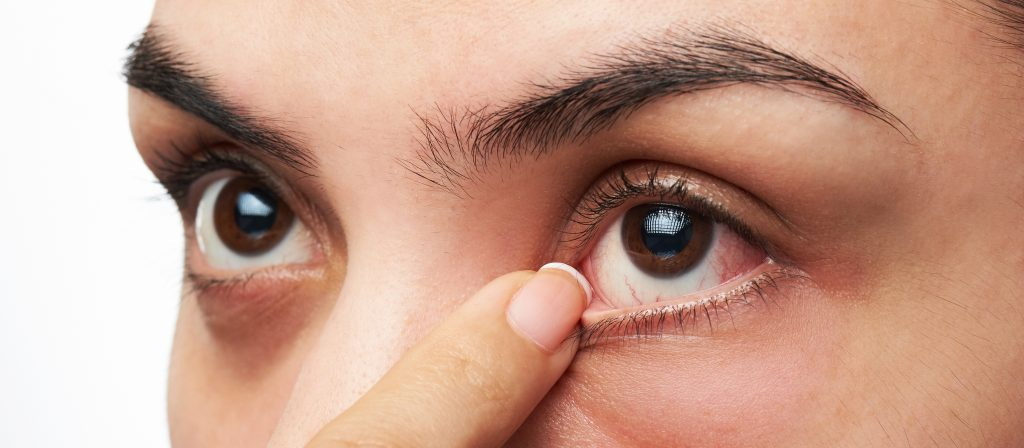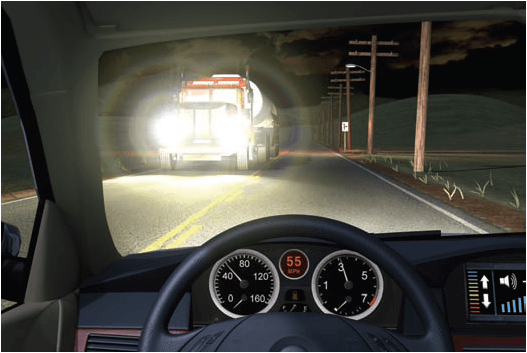Risks of Laser Eye Surgery, Are There Any Side Effects? Part 1
Sub Title

What are the risks with laser eye surgery? What are the side effects, if any?
These are questions every patient asks prior to their surgery.
Other than money, the biggest reasons that most people do not have a vision correction procedure are fear, fear, and fear. Studies show that some people rank the fear of blindness above the fear of death. The reality is that refractive surgery is very safe. In fact, patients have twice the risk of losing their vision or losing their eye with a contact lens. The risk of complete loss of vision or the eye from refractive surgery is 1/1,000,000; the risk from a soft contact lens is 1/600,000, typically from an infection. I have performed over 22,000 laser vision procedures and 8,000 lens procedures, including on all of my friends and family members who were candidates. I have never lost an eye from vision correction surgery.
Glasses aren’t the safest method after all…
As discussed earlier, in making the decision to have vision correction surgery, one must also be cognizant of the risks and side effects of more traditional vision correction options, namely glasses and contacts. Most people think that contact lenses are without risk. Statistically, over a lifetime, a soft contact lens wearer has a 2% risk of a vision-threatening infection (corneal ulcer). If the contacts are worn overnight, the risk of a vision-threatening infection increases to 6%. The risk of an infection from LASIK is a one-time risk of 1 in 10,000. The main risk associated with glasses (other than losing them in a car accident, earthquake, or other emergency and not being able to see) is that if the lenses are made from glass, trauma that can create a corneal foreign body, corneal laceration, or ruptured eyeball from the lenses shattering, are all possible. Makes your skin crawl, doesn’t it? Allow me to repeat: I have never lost an eye from vision correction surgery.
Many side effects can come from wearing glasses and contact lenses.
The wearing of both glasses and contact lenses can create side effects. Contact lenses can irritate, dry out, and worsen allergies. When patients are younger, typically the eyes are moist and contacts are tolerated well. As a contact lens wearers (particularly females) age, they tend to develop a dry eye condition that makes contact lenses more difficult or impossible to wear because of poor vision and/or irritation. Also, many patients will develop allergies to the contacts or contact lens solution making the eyes red, itchy, tired, and blurry.

Patient’s view of night glare and halo.
The worst form of contact-related allergy is called giant papillary conjunctivitis (GPC), in which the patient develops large, irritating bumps under the upper eyelid. In terms of vision, contacts can be associated with blurred or fluctuating vision, especially in the circumstance of dry eyes or allergies. Vision blurs or fluctuates with contacts because of changes in the tear film and movement of the lenses as one blinks. Contact lens-related blurry or fluctuating vision tends to be worse at the end of the day as eyes dry out and become tired. This side effect is typically magnified in patients that wear astigmatic (toric) contacts that can rotate and blur vision every time you blink. Contact lenses (particularly rigid and astigmatic contacts) can also be associated with nighttime and low light vision symptoms such as glare and halo.

